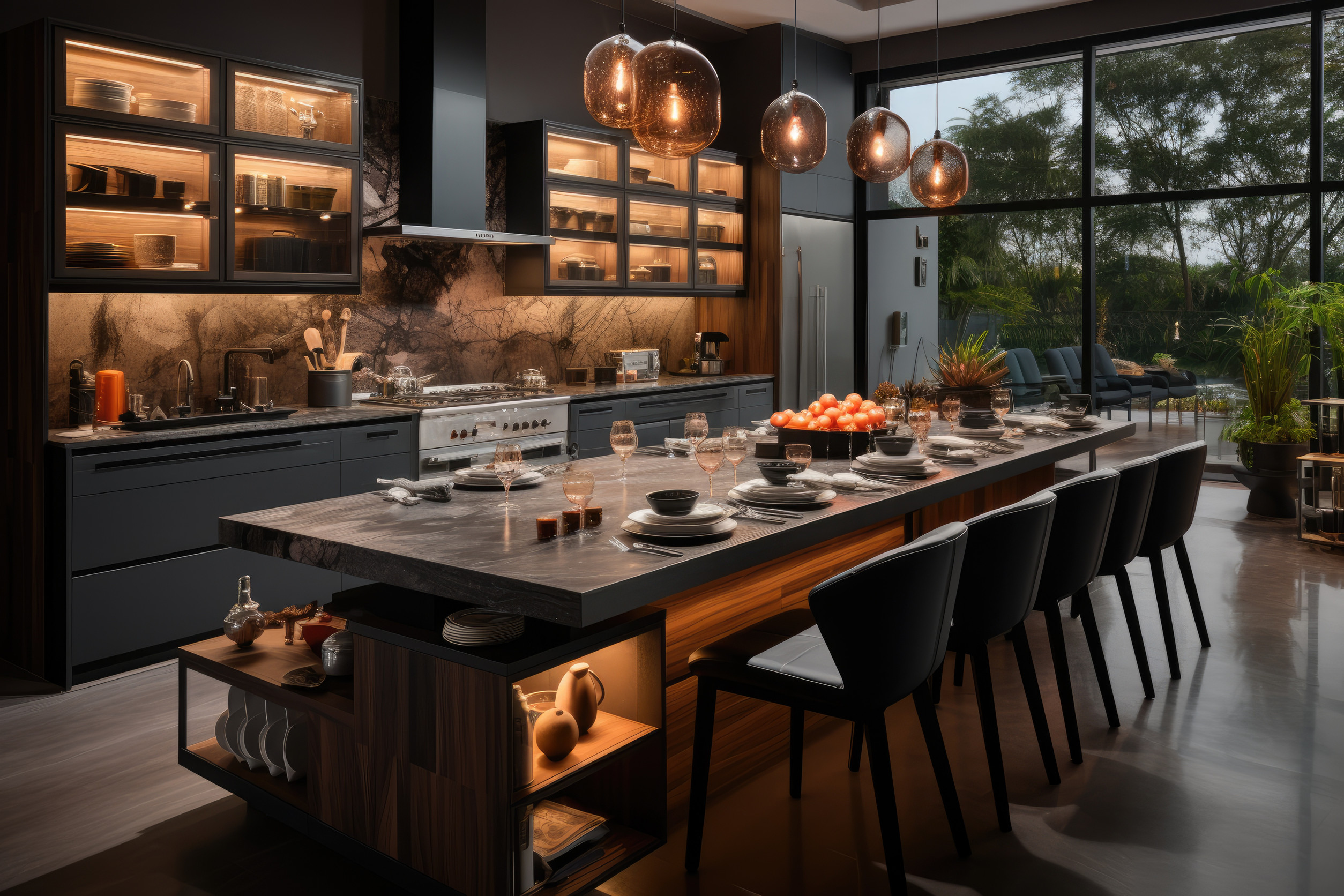Not every renovation is a home run—some are more like a strikeout with the bases loaded. While HGTV might make it look like any upgrade adds value, the reality is that certain projects can actually send potential buyers running for the hills. Whether it’s bold design choices, ultra-personalized features, or expensive upgrades that don’t match the neighborhood, these so-called “improvements” can make a home linger on the market longer than anyone wants.
Homebuyers crave clean slates and smart upgrades—not quirky features they’ll need to undo. So before swinging that sledgehammer, take a look at these eight renovations that can turn off buyers and make your home harder to sell.
1. Overly Personalized Spaces
Turning a spare room into a home gym, art studio, or themed man cave sounds like a dream—until it’s time to sell. Buyers struggle to envision themselves in a space that screams someone else’s personality.
A room covered in sports memorabilia or turned into a mini nightclub doesn’t show the room’s potential for multiple uses. While these custom spaces may suit current owners perfectly, they often limit imagination for future ones. Neutralizing bold design choices makes it easier for buyers to picture their own lives in the home.
2. Removing Bedrooms to Expand Others
It might feel luxurious to merge two small bedrooms into one sprawling suite, but this can slash your resale potential. Most buyers value bedroom count over square footage, especially in family-friendly neighborhoods. Losing a bedroom can disqualify your home from search filters and lower its appraised value. While a massive primary suite might sound enticing, fewer bedrooms usually equals fewer offers. It’s better to enhance existing rooms without sacrificing overall count.
3. High-End Kitchen Overhauls in Modest Neighborhoods
A chef’s kitchen with imported marble counters and $10,000 appliances might wow you—but not your buyers. If the rest of the neighborhood has standard kitchens, going ultra high-end creates a price mismatch that’s hard to justify. Buyers may love the look but hesitate at the cost, especially if they know they’re paying for features they won’t use. Extravagant upgrades can make your house the most expensive on the block—for all the wrong reasons. A kitchen should shine, but it should also suit its surroundings.
4. Wall-to-Wall Carpeting
Carpet may feel cozy, but it’s becoming less and less popular with today’s buyers. Wall-to-wall carpeting—especially in main living areas or bedrooms—can signal outdated style and hidden maintenance headaches. Many buyers prefer hardwood, tile, or luxury vinyl flooring for durability and aesthetics. Even new carpet can be a turnoff if it’s a bold color or plush to the point of impracticality. Upgrading flooring with neutral, low-maintenance options typically attracts more interest.
5. Converting the Garage into Living Space
That garage-turned-game-room might feel like bonus square footage, but it’s often a deal-breaker. Most buyers want a functioning garage for parking, storage, or both—especially in suburban and colder climates. Removing the garage door, building out walls, or installing carpeting makes it hard for buyers to convert it back. Even if it adds usable interior space, losing traditional features like garage access can be a serious downgrade. It’s best to leave the garage as-is or design flexible space without permanent changes.
6. Installing a Backyard Pool (in the Wrong Region)
A sparkling pool might scream luxury, but in many markets, it screams maintenance and liability instead. In cooler climates or smaller yards, a pool can feel more like a hassle than a bonus. Buyers often worry about upkeep, safety, and the cost of removal or repairs. If pools aren’t common in the area, yours could make your home stand out in the worst way. Before diving into a pool installation, it’s wise to consider local norms and buyer preferences.
7. Super-Trendy Fixtures and Finishes
That all-black kitchen or neon tile wall might look stunning on social media, but trend-heavy designs age fast. Buyers tend to favor timeless, neutral palettes they won’t have to redo immediately. Bold lighting fixtures, statement backsplashes, or futuristic hardware can be polarizing—even if they’re pricey. When buyers think “trendy,” they also think “temporary,” and no one wants to rip out a new renovation. Classic updates tend to hold appeal much longer and offer better resale value.
8. Luxury Bathroom Additions That Feel Excessive
Spa-like bathrooms are great—until they go overboard. Giant tubs with jets, TVs mounted over sinks, and heated towel racks might sound luxurious, but they often don’t add enough value to offset the cost.
If a bathroom feels more like a hotel suite than a functional space, it could alienate buyers who value practicality over pampering. Over-the-top bathroom upgrades can also bump the listing price beyond comparable homes. A clean, fresh, and modern bathroom wins more hearts than an overly extravagant one.
Renovate With Resale in Mind
Not every upgrade makes sense when it comes to long-term value. Personal tastes, bold choices, and luxury finishes may suit the current owner, but they can leave buyers cold—or worse, walking away. To boost your home’s appeal and price tag, focus on smart, balanced renovations that offer wide appeal and match the neighborhood. Buyers want homes they can imagine living in, not ones they have to fix right away. Choose upgrades that add value and versatility for the best return.
Have you ever walked into a home and thought, “What were they thinking?” Share the craziest or most surprising renovation you’ve come across—and what upgrades you think are worth the investment.
Let’s talk home projects, buyer turn-offs, and smart choices for resale in the comments below!
Read More
How to Budget for Your Home Renovation Effectively
How This Simple Home Upgrade Could Invite a Lawsuit


